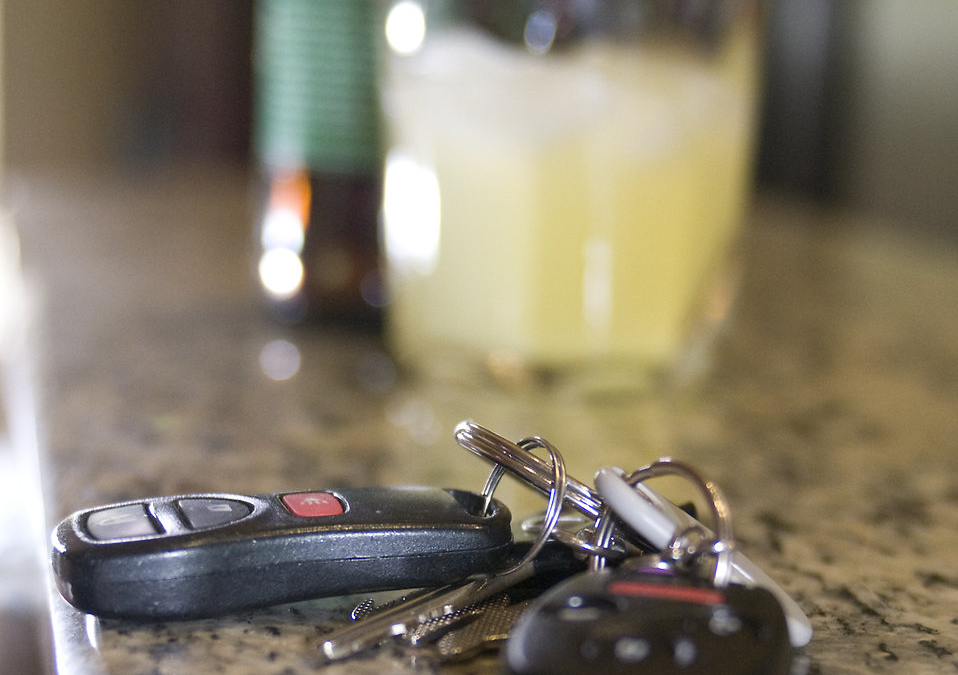Alcohol and Driving
| Driver Education |
Alcohol, a ubiquitous substance in social settings, is not just another drink but a potent depressant affecting the nervous system. Its widespread use and effects, especially in the context of driving, warrant a deeper understanding.
This blog may contain affiliate links, and therefore if you make a purchase through these links, we subsequently may or may not earn a commission at no extra cost to you.
What is Alcohol?
A. Alcohol as a Drug
Alcohol acts as a depressant and significantly affects the entire nervous system. A typical drink contains about three-fifths of an ounce of alcohol, equating to:
- One twelve-ounce beer with 5% alcohol content.
- One five-ounce glass of wine at 12% alcohol.
- One shot of 80-proof distilled spirits.
Upon ingestion, 5% of alcohol is absorbed by the mouth and throat, while the rest goes through the digestive system. Notably, alcohol cannot be stored in tissue. Less than 10% is eliminated via the kidneys, lungs, and skin, with 2-5% passing unchanged through bodily functions. The liver plays a crucial role, eliminating 90% of alcohol through oxidation.
How Alcohol Affects Driving Ability
A. Judgment Impairment
Alcohol consumption leads to poor depth perception and increased risk-taking behavior, compromising judgment essential for safe driving.
B. Diminished Awareness
Impaired drivers often exhibit reduced vigilance, such as failing to scan the road properly, struggling to multitask, forgetting to turn on lights, and driving erratically, including speeding and missing stop signs.
C. Vision Compromise
Alcohol impairs the eyes’ ability to adjust rapidly to changing light conditions and disrupts normal lateral eye movement, often resulting in tunnel vision.
D. Slowed Reaction Time
Alcohol slows reactions to threats, hampers the decision-making process, and reduces basic reflexes, crucial for responding to road situations.
Alcohol and Accidents
A. Statistics
Alcohol is involved in about 40% of all fatal highway accidents. Alarmingly, a young driver with a Blood Alcohol Concentration (BAC) of only 0.02 to 0.05 percent is seven times more likely to be involved in a fatal accident than a sober driver. This risk increases exponentially with higher BAC levels.
Alcohol and the Law
A. Legal Limits and Penalties | DUI
- A BAC of 0.08% renders an adult driver legally intoxicated.
- A BAC of 0.05% can lead to intoxication charges considering other factors.
- Drivers under 21 with a BAC of 0.01% face a one-year license suspension.
- Implied Consent: Holding a driver’s license implies consent to alcohol testing.
- Admin Per Se: Immediate 90-day license suspension for driving under the influence.
- Penalties escalate with subsequent offenses.
Alcohol and Driving
The relationship between alcohol, driving, and the law is a critical issue. Understanding the effects of alcohol on the body and mind, especially in relation to driving, is essential. The legal consequences are stringent, reflecting the seriousness of driving under the influence. Awareness and education are key in preventing alcohol-related accidents and fatalities on the road. Remember, when it comes to alcohol and driving, the safest choice is always not to drink and drive.
Drive with Confidence!
Keep up with all the latest driving news. Expolre our blog packed with essential tips and expert advice on all things related to DRIVING!




